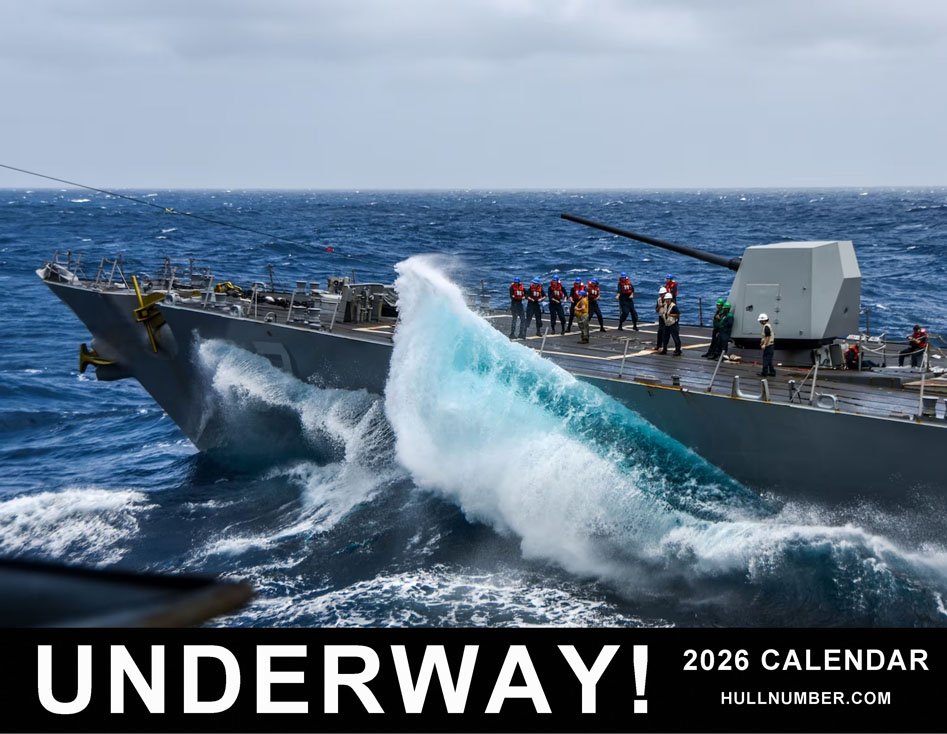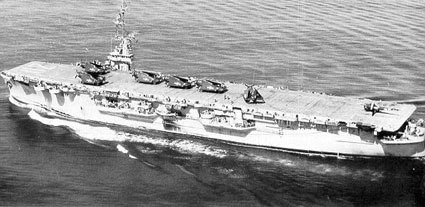 |
|||||||||||||||||||||||||||||||||||||||||||||||||||||||||||||||||||||||||||||||||||||||||||||||||||||||||||||
| TO RECEIVE A NOTIFICATION EMAIL AS SOON AS THE | |||||||||||||||||||||||||||||||||||||||||||||||||||||||||||||||||||||||||||||||||||||||||||||||||||||||||||||
| UNDERWAY! 2026 WALL CALENDAR IS SHIPPABLE - CLICK HERE |
|||||||||||||||||||||||||||||||||||||||||||||||||||||||||||||||||||||||||||||||||||||||||||||||||||||||||||||
 |
|||||||||||||||||||||||||||||||||||||||||||||||||||||||||||||||||||||||||||||||||||||||||||||||||||||||||||||
 |
|||||||||||||||||||||||||||||||||||||||||||||||||||||||||||||||||||||||||||||||||||||||||||||||||||||||||||||
| For RATING SHIRTS - Click on your Rating Abbreviation below: | |||||||||||||||||||||||||||||||||||||||||||||||||||||||||||||||||||||||||||||||||||||||||||||||||||||||||||||
|
|||||||||||||||||||||||||||||||||||||||||||||||||||||||||||||||||||||||||||||||||||||||||||||||||||||||||||||


U.S.S. SIBONEY
(CVE-112)NULLI SECUNDA
Click to view crew list
The second Siboney (CVE-112) was laid down as Frosty Bay on 1 April 1944 by the Todd-Pacific Shipyards Inc., Tacoma, Wash.; renamed Siboney on 26 April 1944; launched on 9 November 1944; sponsored by Mrs. Charles F. Greber; and commissioned on 14 May 1945, Capt. Stanhope Cotton Ring in command.
Siboney completed fitting out on 23 May in the Seattle area and, on 31 May, sailed for San Diego, via Alameda. She held shakedown operations in the Bay Area until 3 August. The carrier then loaded bombs, aircraft, and personnel from Air Group 36 and, on 8 August, departed for Pearl Harbor. Hostilities with Japan ceased the day before Siboney arrived, on 15 August, to discharge her cargo. She was in Hawaiian waters until early September when she sailed for Okinawa, via the Marshall, Caroline, and Philippine Islands.
On 5 October, she stood out of Buckner Bay for Honshu, Japan. En route, the carrier conducted air search operations in an attempt to locate Rear Admiral William D. Sample and the patrol plane in which he was in and had been missing since the 2d. Siboney called at Honshu, from the 8th to the 11th, and then continued the search for the missing PBM, with negative results. The ship operated in the Tokyo Bay areafrom 24 October to 16 November 1945 when she was ordered to return to the United States. After port calls at Saipan, Manila, Hong Kong, Guam, and Pearl Harbor, she arrived at San Diego on 23 January 1946. The carrier deployed to the western Pacific again from 15 February to 7 May 1946.
Siboney stood out of San Diego on 9 June 1947 en route, via the Panama Canal Zone, to her new homeport, Norfolk, Va. The carrier arrived there on 26 June and operated between Norfolk and Guantanamo Bay, Cuba, until November when she was inactivated. In March 1948, Siboney was returned to active duty, and, in May, ferried former United States Air Force planes to Yesilkoy, Turkey. She returned to Norfolk for a month and made another voyage to the Near East before entering the Boston Naval Shipyard in October 1948 for a three-month overhaul.
Siboney stood out of Boston in January 1949 for Guantanamo Bay and refresher training. The carrier operated with the Atlantic Fleet until 6 December 1949 when she was placed in the inactive fleet at Philadelphia.
The outbreak of war in Korea, in June 1950, brought a need for more combat ships, and Siboney was returned to an active status on 22 November 1950. The carrier put to sea on 2 February 1951 and was assigned a homeport in Norfolk. From 27 February to 10 April, she carried out extensive training exercises in the Guantanamo Bay area.
She operated in Canadian waters in July and, from September to 14 November, in the Mediterranean with North Atlantic Treaty Organization (NATO) units. Siboney participated in evaluation tests and carrier qualifications of versions of AD and F4U aircraft in January 1952. She also tested the new concept of vertical landings, using Marine helicopters. The ship was modernized at the Norfolk Naval Shipyard and rejoined the fleet on 20 January 1953. After training in the Caribbean, she operated in the Atlantic with a hunter-killer group until August. From 16 September to 1 December 1953, Siboney was again deployed with the 6th Fleet.
The years 1954 and 1955 were spent in fleet operations along the east coast, from New England to the Caribbean and in midshipman cruises to Spain during the summers. Siboney was overhauled at the Philadelphia Naval Shipyard from 28 September 1954 to 22 January 1955. She operated along the east coast until 4 October when she was ordered to load as many supplies as possible and sail for Mexican waters in the Gulf. Until 19 October, helicopters from the carrier flew relief missions and transported supplies to the inhabitants of Tampico which had been devastated by a hurricane and subsequent flooding.
The year 1956 was Siboney's last year of active service with the fleet. She operated along the east coast from January to May and then made a final cruise with the 6th Fleet from 26 May to 6 July. The carrier sailed to Philadelphia on 27 July and, four days later, was placed in reserve, out of commission, with the Atlantic Reserve Fleet. Siboney was struck from the Navy list on 1 June 1970 and sold to Union Minerals and Alloys Corp., New York, a year later for scrap.
CVE-112 Deployments - Major Events
| Add a CVE-112 Shellback Initiation | Add a CVE-112 Deployment - Major Event | ||||
| Month | Year | to | Month | Year | Deployment / Event |
|---|---|---|---|---|---|
| NOV | 1944 | - | Launch Date: 9 NOV 1944 | ||
| MAY | 1945 | - | Commissioned: 14 MAY 1945 | ||
| MAY | 1945 | - | OCT | 1945 | Great Lakes |
| MAY | 1945 | - | JAN | 1946 | Commisioning |
| MAY | 1945 | - | JAN | 1946 | Commisioning |
| MAY | 1945 | - | JAN | 1946 | Commisioning |
| JAN | 1948 | - | JAN | 1949 | Mediterranean-Indian Ocean-Persian Gulf |
| FEB | 1948 | - | FEB | 1948 | Mediterranean-Indian Ocean-Persian Gulf |
| JAN | 1950 | - | JAN | 1950 | Inchon Landing |
| FEB | 1951 | - | APR | 1951 | Guantanamo Bay |
| JAN | 1952 | - | APR | 1952 | Inchon Landing |
| JAN | 1953 | - | APR | 1953 | Guantanamo Bay |
| NOV | 1953 | - | FEB | 1954 | North Atlantic-Med-Indian Ocean |
| JUN | 1954 | - | AUG | 1954 | North Atlantic-Med-Indian Ocean |
| JAN | 1955 | - | JAN | 1955 | Guantanamo Bay |
| JUL | 1956 | - | Decommissioned: 31 JUL 1956 | ||
CVE-112 General Specifications
Named for: Siboney
Complement: 1066 Officers and Enlisted
Displacement: 10900 tons
Length: 557 feet
Beam: 75 feet
Draft: 32 feet
Final Disposition: Scrapped 1971